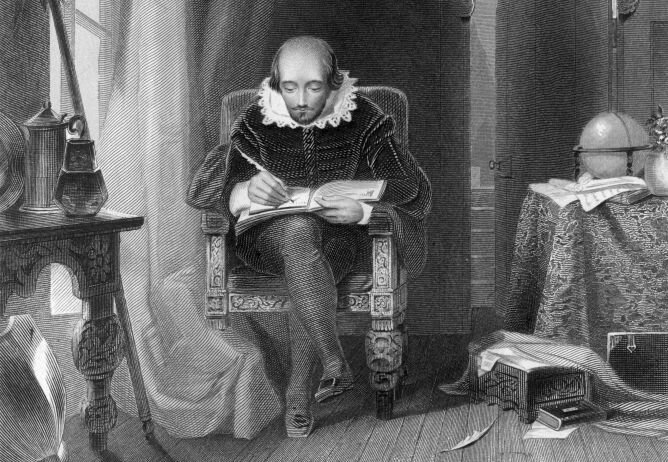This website uses cookies to ensure you get the best experience on our website.
Some say Shakespeare’s plays are evergreen, they will never come out of fashion. But what has changed since his first play Julius Caesar was staged at the Globe Theatre in 1599?

Female roles were played by men
You may have heard of that in the 17th century England there were no actresses. Women were not allowed to perform in public theatres in England until 1660: quite an exception if we consider how much actresses were appreciated elsewhere in Europe, already bordering into stardom: think of Isabella Andreini in Italy or Armande Béjart in France.
Not in England, though, where acting was not considered safe and morally appropriate for women. As a consequence, male characters were always played by boys or young men: even the heavenly Ophelia in Hamlet or the feminine and fierce Desdemona in Othello. Male actors were dressed in female clothes and had to wear heavy make-up to simulate a velvet like, elegant pale skin. It is said, although it is contested, that early make up artists were hired as well.
Sometimes, hogs bones made into powder were blended with poppy oil to obtain a white paint which was then applied on the face. More often, however, the pale effect was given by the ‘ceruse’, a mixture of vinegar and lead: it was not uncommon that the boy actors met an untimely death by poisoning by this substance as it is extremely toxic.

Everyone could attend the Globe
In The Globe Theatre, the theatre where most of Shakespeare’s plays were performed, everyone could afford to watch a play, unlike in other London’s theatres. For one penny -the price of a loaf of bread at the time- everyone could buy a ticket amongst the ‘groundlings’, standing just around stage.. Of course, wealthier people also attended -they would get comfortable seats under cover. This way we could say the Globe was “democratic” as it tried to serve everyone while the quality of the plays and performance remained high. The Globe Theatre decided to keep this policy, as even today there are 700 standing tickets for every performance.

Actors didn’t learn a script
In the Elizabethan era plays were a very last minute business, organized rather hectically. Actors didn’t have much time for rehearsing and many of them played into several plays as well as different parts at a time. For this reasons, actors were not given the full script, only their lines,
What’s more an actor’s part also contained their lines and their ‘cues’ – the last words spoken by another actor before their own. “Cue acting” was popular and apparently didn’t hinder the success of most of Shakespeare's work.

There was no real copyright
In Shakespeare’s time copyright rules did not exist: the Statute of Anne, the first copyright law of some sort, was enacted almost 100 years after his death. Therefore, it was quite common that rival theatre companies would send “spies” to attend Shakespeare’s plays and then make unauthorised copies of them, to edit, sum up and perform them elsewhere: obviously without paying the Bard what he was due. On the other hand, many contemporary scholars argue that Shakespeare himself wouldn’t have survived today’s copyright laws, as his way of sourcing was quite “free”.